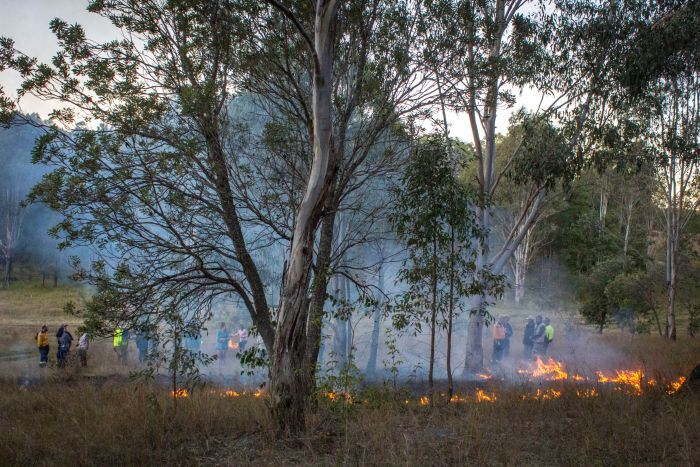In 1989, in my last year of school, I was a volunteer with the NSW State Emergency Services. We had spent a lot of time training for rescues, searches and emergency structural supports, but none for fighting fires, so when bushfires reached Sydney, we left the dangerous work to the real heroes, but we picked up food from supportive restaurants in the area and carried it to the front line.
On one occasion, while half the fire crew joined us for a meal break, a fire got away from the remaining those not eating. They came running towards us shouting for us to leave, and we did. I remember looking out the rear window at flames twenty metres tall chasing us down the road. It was terrifying. And these fires weren’t even recorded in the fullest historical list I could find. The fires raging in Australia today are an inferno compared to that backyard barbecue I was terrified by.
I saw no point in contributing to the numbers of articles expressing outrage at the government’s poor response or waste time arguing with the few sceptics who believe this has nothing to do with global warming. What can I, not even in the country, add to the discussion that would help?
Then, yesterday, I saw two videos, one from the ABC 2018 and one from SBS 2017, covering the successful practice of ‘cultural burning’ or ‘traditional burning’. According to the traditional custodians of my home, our ‘fuel reduction burning’ or ‘fuel reduction burning’ encourages the regrowth of bracken, which is a good fuel for fires, so while it might be better than taking no action at all, it’s value is short-lived. The indigenous approach, which varies in the detail with the local flora, landscape etc, is to tend very small fires closely. The result is that bracken dies off while less flammable grasses return.
2018 and one from SBS 2017, covering the successful practice of ‘cultural burning’ or ‘traditional burning’. According to the traditional custodians of my home, our ‘fuel reduction burning’ or ‘fuel reduction burning’ encourages the regrowth of bracken, which is a good fuel for fires, so while it might be better than taking no action at all, it’s value is short-lived. The indigenous approach, which varies in the detail with the local flora, landscape etc, is to tend very small fires closely. The result is that bracken dies off while less flammable grasses return.
The stories above mention successful testing in Tathra NSW and Central Victoria, but further searching shows recent successes in the Hunter Valley where an evacuated property escaped destruction due to cultural burning three years prior.
While we all need to do more to reverse our impact on the environment and to hold governments around the world accountable, it seems that we can also start listening to our indigenous hosts on how to manage this country better.
As Lorena Allam says in the Guardian, “Maybe this summer is the turning point, where our collective grief turns to action and we recognise the knowledge that First Nations people want to share, to make sure these horrors are never repeated.” To which I add that I’m sure this is only one piece of indigenous knowledge that needs to be nurtured before it is lost.
